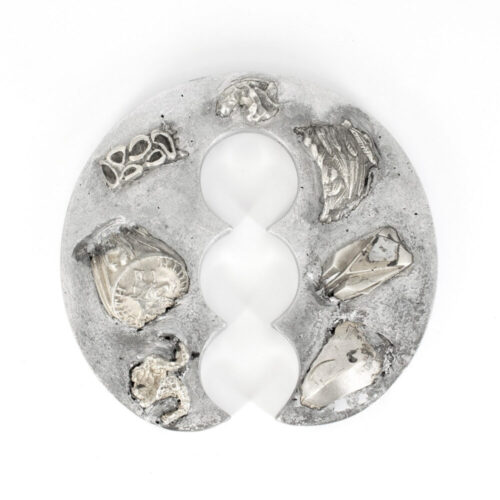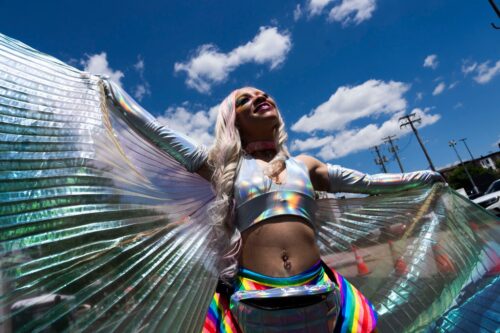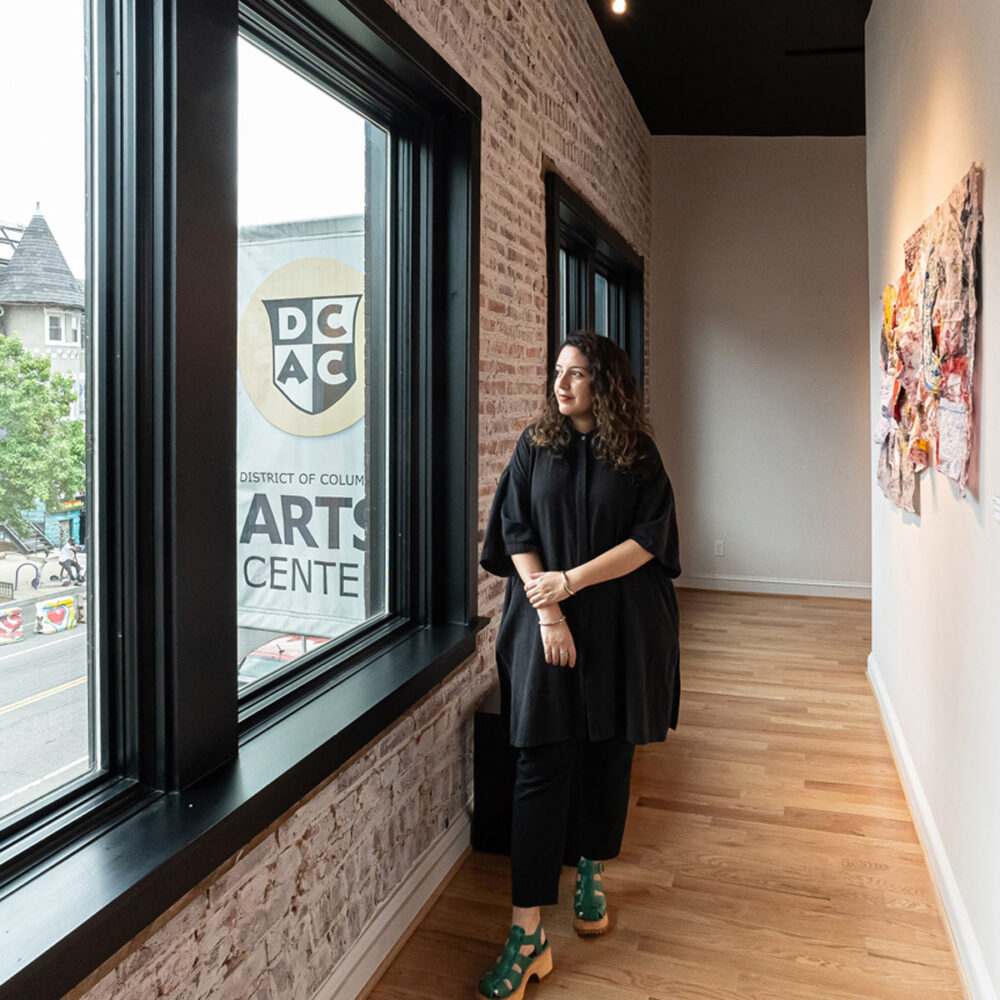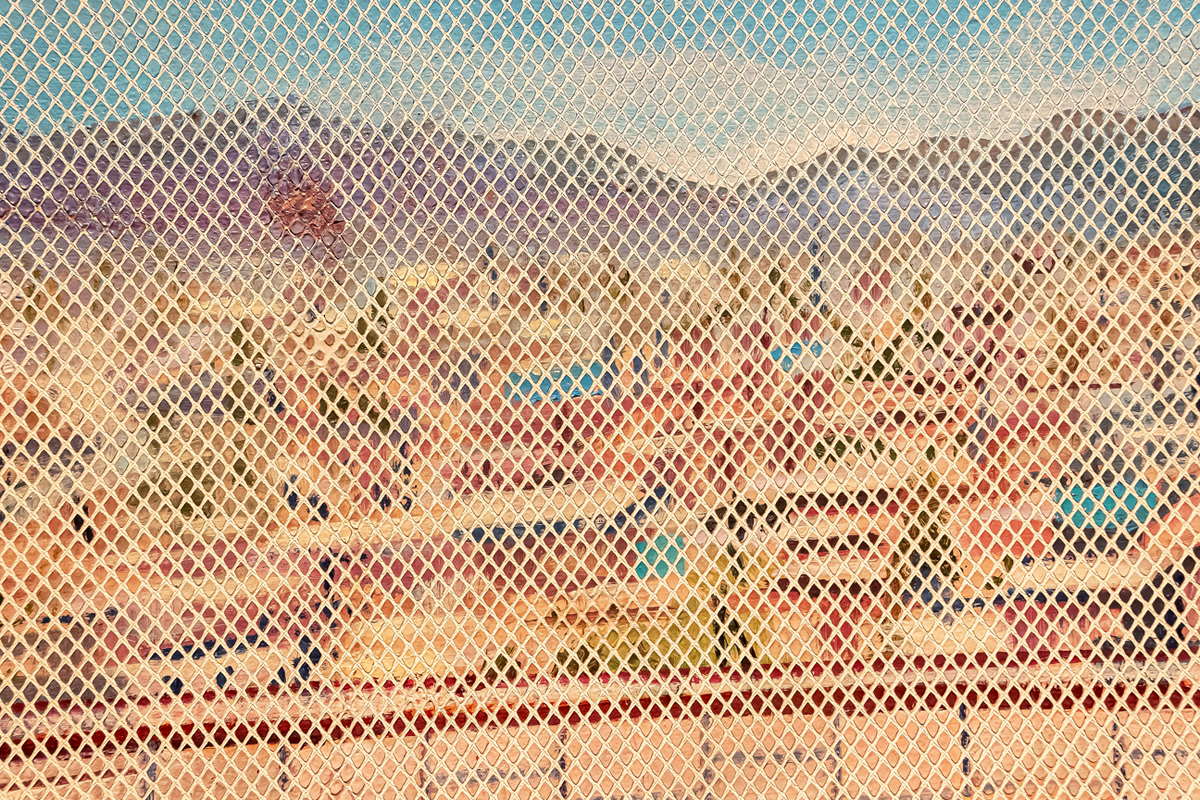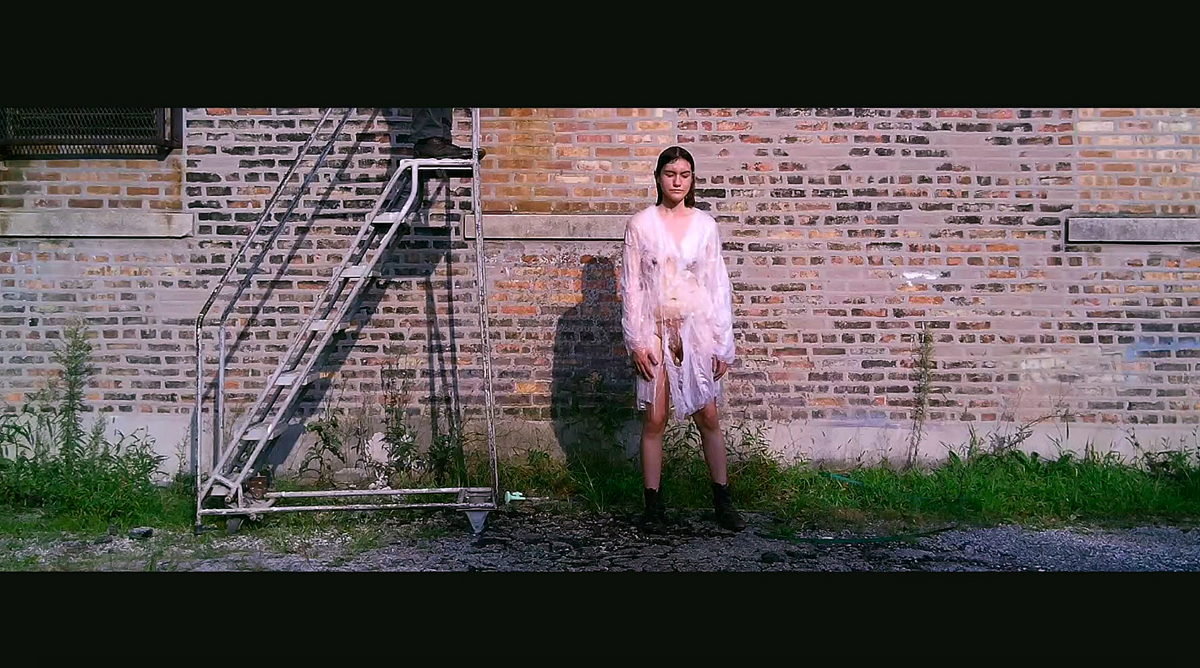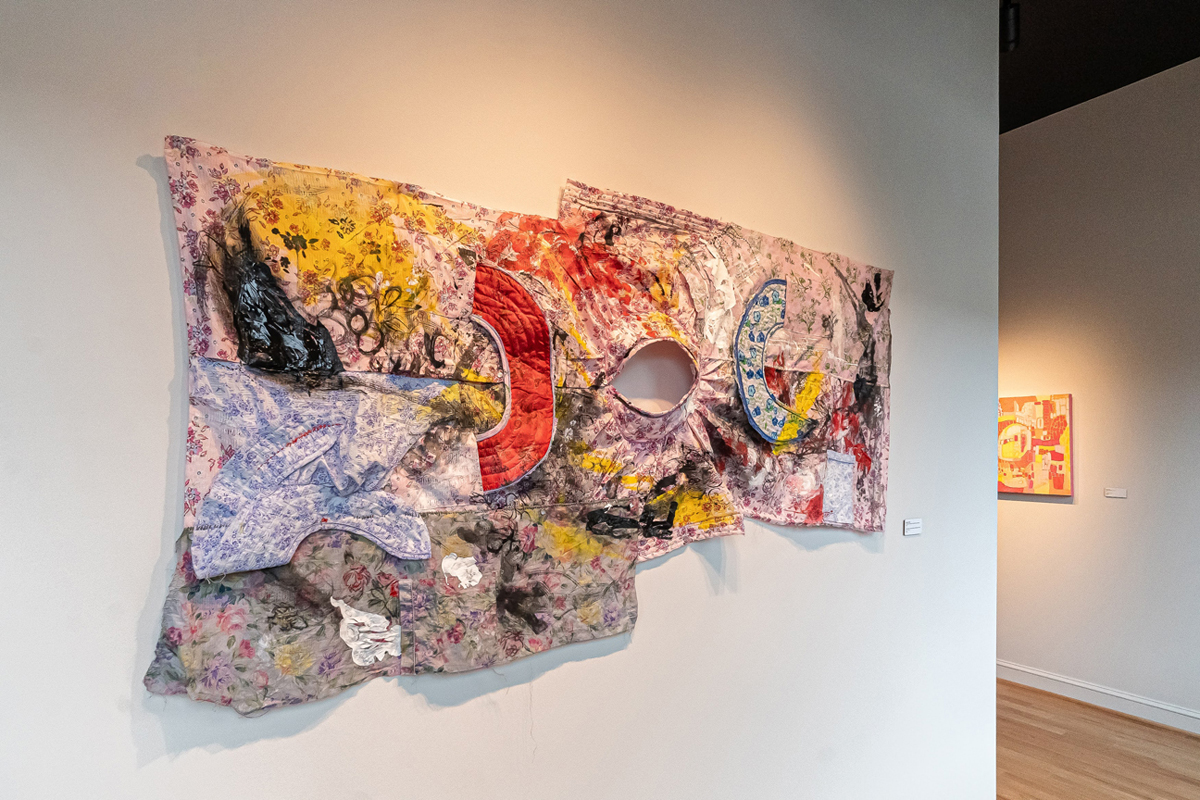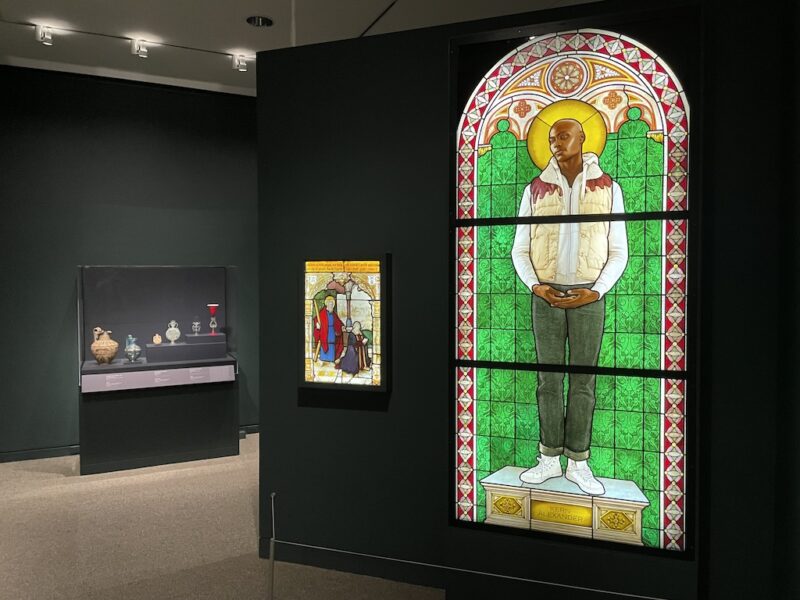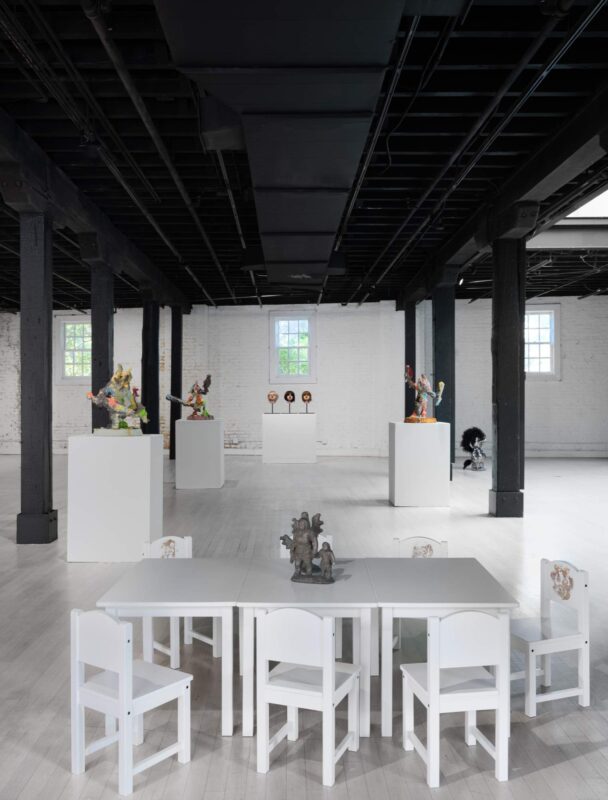On the bus ride back to Union Station, my mind began to wander with thoughts inspired by my engagement with the artwork in the show. We must leave a place before we remember it, before we can properly honor it. The mind has a way of rebuilding things, making connections that weren’t apparent until after an experience. Trace details recalled merge with the larger narrative to produce a hybrid picture, something new but still connected to the past. This is the way of art. This is the way of life. We are all of us in between situations, partway through our journey, and spread out across space and time.
While writing these words, I heard President Biden announce that he will be enacting an aggressive executive action that will refuse migrants seeking asylum who cross the southern border illegally during stretches of high-volume crossings. The order will go into effect anytime a seven-day average of illegal border crossings exceeds 2,500. The average for the past few weeks has been 3,500, which means that this latest series of measures will effectively close the border to most undocumented asylum seekers.
The announcement comes at a time when illegal crossings have actually dropped, due in large part to the current Mexican administration cracking down on their side of the border. Meanwhile, Mexico just made history by electing its first female president, Claudia Sheinbaum, who is also the nation’s first leader of Jewish heritage—perhaps signaling a shift that the country is embracing its identity not only as a place of origin for a diaspora, but one that accepts other diasporic populations as well.
The title of the show, derived from the etymology of the Ancient Greek word “diaspora” (dia: through, in different directions, between; and also sometimes thoroughly, entirely, throughout; and spora/speiro: to sow, scatter, disperse), offers a series of three words. This trio of prepositions infers various spatial situations migrants might endure while traveling between geographical places, through political turmoil, and across difficult terrain. These terms could further be applied to the artists themselves, both in the literal sense—artists often relocate to attend grad school, complete residencies, or work on projects—but also in the more abstract sense of these terms.
Artists are forever working between epiphanies, through ideas, and across time. With their multifarious approaches, and working in a wide range of media, the ten artists on view in Between, Through, Across at the DC Arts Center succeed at conveying several unique perspectives on the ancient and global phenomenon of migration.
There will be an artist talk for Between, Through, Across on Sunday, June 23rd, at 3pm. The show will be on view through Sunday, June 30th, when there will be a closing reception from 5–7pm.
The DC Arts Center
2438 18th St. NW
Washington, DC 20009
Gallery Hours
Wednesday – Sunday:
2:00 PM – 7:00 PM
